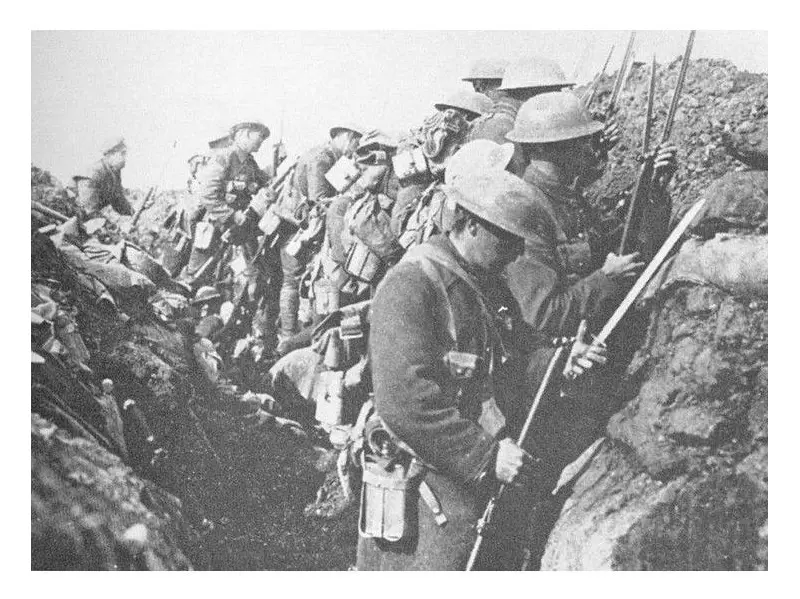
Each November 11, Canadians pause to remember the tremendous sacrifices made during the First World War and subsequent conflicts. The sheer scale of loss during that initial global confrontation remains staggering—approximately 11 million military personnel and 13 million civilians perished, with millions more suffering life-altering injuries.
The Unforgettable Horrors of Traditional Warfare
Historical records through photographs, news reels, paintings, and the poignant words of soldier poets vividly documented war's brutality. These artifacts were supplemented by the physical presence of returning veterans in communities across Canada—individuals missing limbs, bearing facial scars, suffering from damaged lungs, and experiencing psychological trauma.
For a brief period following the Great War, these stark reminders seared the reality of conflict into humanity's collective consciousness. Many believed the world had learned its lesson and would never again march so casually toward armed conflict.
This optimism proved short-lived. The powerful forces of nationalism and state interests, combined with rapidly developing industrial weapons, began creating psychological distance between warfare and its devastating human consequences.
The Evolution of Warfare Psychology
While popular imagery of the First World War often depicts close-quarters combat with bayonets fixed, the primary causes of death and injury were actually artillery fire, machine guns, and poison gas. Nevertheless, soldiers directly witnessed war's gruesome aftermath—fields littered with the bodies of comrades and enemies alike.
Contrary to Hollywood portrayals, humans aren't naturally inclined to kill one another. Looking directly into another person's eyes while ending their life requires either psychopathic tendencies or extensive conditioning to perceive the "other" as less than human.
Consequently, countless soldiers returning from that conflict suffered from what we now recognize as post-traumatic stress disorder (PTSD).
The Technological Transformation of Modern Conflict
Today's soldiers still experience the visceral reality of warfare, particularly in urban combat environments that remain hazardous, brutal, and intensely personal. Those who return physically unharmed often carry invisible wounds, with PTSD remaining a significant challenge.
Beyond the frontline infantry, however, exists a massive military apparatus dedicated to transforming warfare into a predominantly technological exercise. Nations now invest billions in making killing efficient and emotionally detached.
Where killing once required hatred or fear as motivating factors—fundamentally human emotions—modern warfare has largely eliminated emotional engagement. For missile operations officers in the United States, Russia, Israel, and other technologically advanced nations, launching missiles to destroy distant "targets" bears uncomfortable resemblance to playing video games.
This psychological distancing extends beyond military personnel to citizens of belligerent nations, who increasingly become passive observers—acquiescing to or even applauding sanitized war footage appearing on their screens.
Perhaps if warfare today were conducted with the same immediate, visible consequences as during the First World War, society might develop greater awareness of its brutal reality. Perhaps then we might collectively work toward ending armed conflict altogether.





